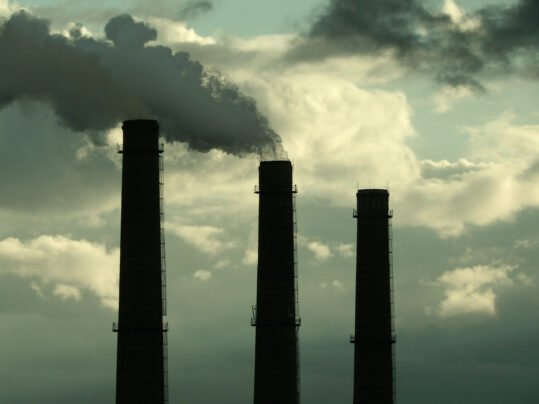
Although Alternative Fuels is a reality in the cement manufacturing process, the Petcoke is still one of the major fuel sources for clinker manufacturing around the world.
After Covid pandemic the production / logistics of petcoke was seriously affected and the usage of high sulfur petcoke became a reality for most of the plants that depends on this type of fuel.
Different from the chlorine in the alternative fuels, sulfur can be purged from the kiln with clinker when certain operating conditions are respected, but when accumulation is proceeded, several operational problems can jeopardize kiln stability and production.
Maybe the most famous operational problem due sulfur accumulation is ring formation. These rings can obstruct the flow of materials and gases, disrupt the heat transfer process, and lead to various operational challenges. SO3 plays a major role in ring formation mainly due the formation of eutectics with low melting temperature.
Important: not all rings in the kiln are related to sulfur accumulation. A specific article about rings is also available in 2MJ blog.
According to temperature profiles in the kiln, sulfur condensation can happen outside the rotary kiln, in the kiln inlet (smoke chamber) and lower cyclone stage. Sulfur condensation forms a viscous phase that causes excessive coating formation in these areas.
Looking to this symptom with the “half full glass” theory, sulfur condensation outside the rotary kiln at least can be mitigated by cleaning the walls with the kiln running and in major cases no stops are required.
Although the Main Burner plays an important hole in sulfur accumulation problems, it is not the only point that interferes in sulfur purge from the kiln.
According to 2MJ philosophy sulfur accumulation is only solved by implementing a pack of measures in some of the process variables that will generate a long-term stability.
A very brief summary of the points studied by 2MJ is listed below:
1- Raw Material and Fuel Selection:
Choose raw materials and alternative fuels with lower sulfur content. Minimizing the initial input of sulfur into the kiln is the first step in reducing SO3 emissions. Implement strict quality control measures for alternative fuels to ensure they have low sulfur content.
2- Kiln Temperature and Airflow Control:
Optimize the temperature profiles in the kiln to minimize the condensation of SO3.
Ensure proper combustion and airflow management to prevent localized cold spots in the kiln where SO3 condensation might occur.
3- Kiln Operation and Burner Settings:
Operate the kiln with efficient and well-maintained burners.
Monitor and adjust burner settings to maintain a stable and consistent flame, which can help prevent localized temperature variations that favor SO3 condensation.
4- Monitoring and Testing:
Regularly monitor SO3 levels in raw materials, fuels, and exhaust gases to detect deviations. This allows for prompt corrective action.
Conduct periodic inspections and tests to assess the condition of kiln components and the effectiveness of SO3 control measures.
5- Maintenance and Cleaning:
Ensure that the kiln and its components are well-maintained and clean. Accumulated deposits in the kiln can contribute to SO3 emissions.
Schedule routine cleaning and maintenance to prevent the buildup of SO3-related issues.
6.- Training and Knowledge Sharing:
Train kiln operators and maintenance personnel to understand the importance of SO3 control and to implement best practices.
Encourage knowledge sharing and continuous improvement within the cement manufacturing team.
Contact us that we will love to help you in this challenge.
